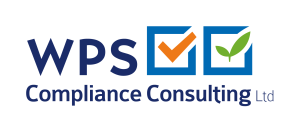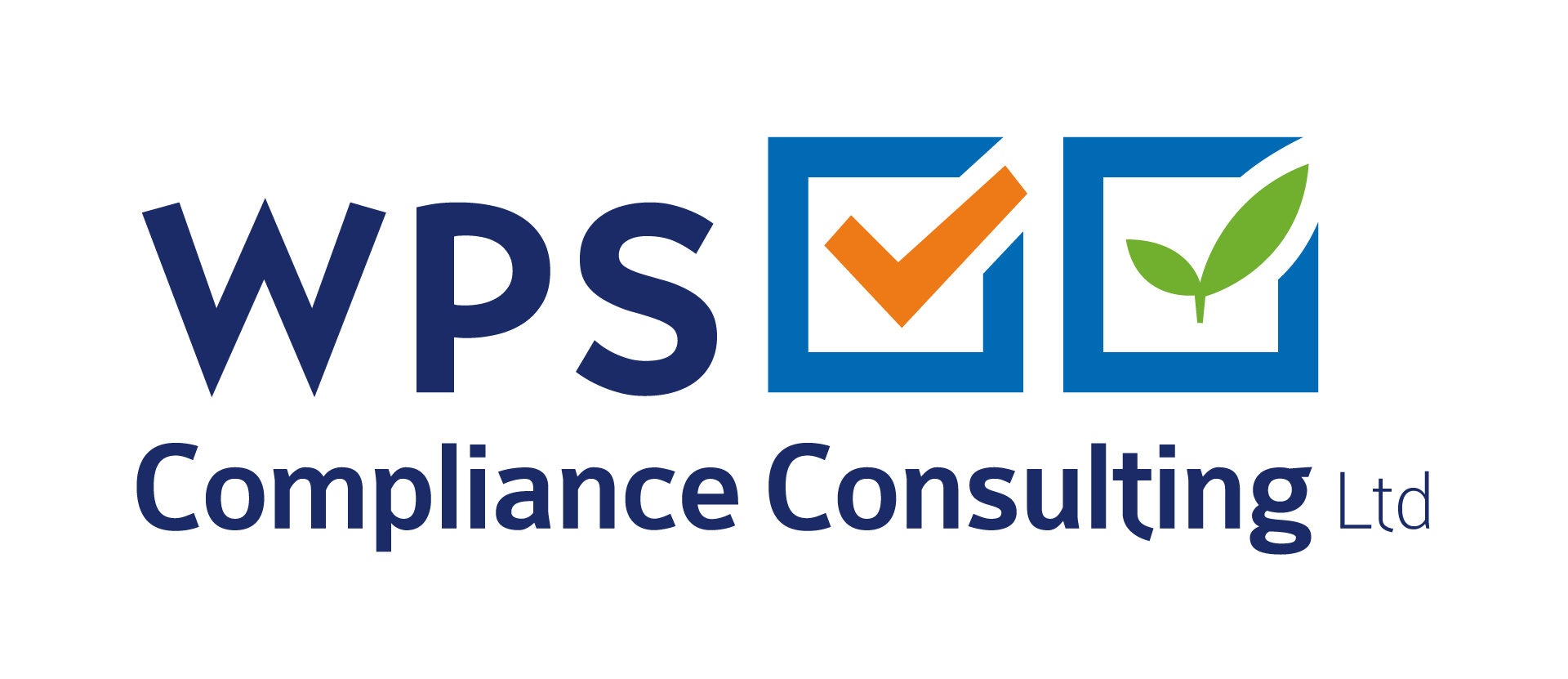The construction industry is subject to various key regulations that govern its operations. These regulations aim to ensure safety, quality, and compliance in construction projects. Some of the key regulations include building codes (the minimum standards for construction), zoning regulations (regulations dictate how land can be used and what types of structures can be built in specific areas), and permits (Permits are required for various construction activities, such as excavation, electrical work, and plumbing).
Environmental regulations and sustainability requirements are also increasingly important in the construction industry. Governments and organisations are implementing measures to reduce the environmental impact of construction projects and promote sustainable practices by implementing requirements for energy efficiency, waste management, and use of environmentally friendly materials. For example, there are standards for green building certification, such as LEED (Leadership in Energy and Environmental Design), which encourage the construction of environmentally responsible and resource-efficient buildings. Environmental impact assessments may also be required for large-scale construction projects to evaluate potential effects on ecosystems and natural resources.
Not adhering to these regulations and requirements can result in serious costs as follows:
- Fines and penalties – These are the obvious cost. Fines and penalties can range from thousands to millions of dollars depending on the severity and repetition of the offence, damaging the financial and reputational consequences of the company.
- Operational delays and shutdowns – When the construction firm fails to comply with regulations, stop-work orders or permit suspensions may be issued till the violation is corrected. This can lead to project completion delays, lost revenue (due to extended timeline and additional expenses) and missed deadlines resulting in poor relationships with clients and contractors.
- Increased insurance premiums – When businesses are found to be non-compliant with environmental regulations, their risk profile increases in the eyes of insurance providers. This results in higher premiums, and sometimes, not being able to renew existing policies. A long-term cost of increased premiums or loss of insurance coverage can add to the financial strain.
- Reputation damage – In the current market, sustainability and environmental responsibility are key factors that customers, investors and partners look at when doing business. Non-compliance can lead to public scrutiny and damage the brand’s reputation. A damaged reputation can lead to loss of business, a drop in stock value and long-term difficulties in attracting new clients or partners. Regaining trust can be a long and expensive process.
- Legal fees and settlements – Non-compliance can result in lawsuits from regulatory bodies, local communities and third parties. Even after fines are paid, legal actions can continue for years and additionally, businesses may be required to pay out settlements which can run into millions.
How can these costs be avoided?
- Developing a robust compliance program – Developing a robust compliance program is essential for organisations to ensure they are adhering to relevant laws, regulations, and industry standards. This involves creating policies and procedures that outline the company’s commitment to compliance, as well as establishing clear roles and responsibilities for compliance management. A robust compliance program also includes regular risk assessments to identify potential areas of non-compliance and implementing controls to mitigate these risks. Additionally, organisations should regularly review and update their compliance program to adapt to changes in regulations and industry best practices.
- Training and education for employees on regulations: Training and education for employees on regulations is a crucial aspect of compliance. Organisations should provide comprehensive training programs to ensure employees understand their compliance obligations and are equipped with the knowledge and skills to fulfil them. This includes training on relevant laws and regulations, as well as specific policies and procedures implemented by the organisation. Training should be ongoing and include regular updates to keep employees informed about changes in regulations and emerging compliance risks. By investing in training and education, organisations can foster a culture of compliance and empower employees to make informed decisions that align with regulatory requirements.
- Engaging with industry associations and regulatory bodies: Engaging with industry associations and regulatory bodies is an effective way for organisations to stay informed about regulatory developments and best practices. By actively participating in industry associations, organisations can access valuable resources, networking opportunities, and educational events that focus on compliance. These associations often provide guidance and support in navigating complex regulatory landscapes and can help organisations benchmark their compliance efforts against industry standards. Similarly, engaging with regulatory bodies allow organisations to establish open lines of communication and seek guidance on compliance matters. This proactive approach demonstrates a commitment to compliance and can help organisations stay ahead of regulatory changes.
Following the above three measures have great benefits:
- Improved safety and health outcomes for workers
- Enhanced reputation and trust with stakeholders
- Cost savings through efficient resource management
Examples
- Taylor Wimpey (£480,000 Fine for Pollution) – In May 2023, housebuilder Taylor Wimpey was fined £480,000 for multiple pollution incidents. The company failed to implement adequate measures to prevent pollution, leading to environmental harm.
- Persimmon Homes (£433,000 Fine for River Pollution) – In April 2022, Persimmon Homes was fined over £430,000 after multiple incidents of river pollution in Abergavenny. The company admitted to breaching Environmental Permitting Regulations, resulting in significant environmental damage.
- Laing O’Rourke Delivery Limited (£350,001 Fine for Water Pollution) – In 2023, Laing O’Rourke Delivery Limited was fined £350,001 for a water pollution violation. The company was penalized for failing to prevent pollutants from entering watercourses, contravening environmental protection laws.
These cases highlight the importance of adherence to environmental regulations within the UK construction industry.
How can WPSCC help?
We at WPSCC provides a range of services and take the burden out of the clients by doing the work for them. WPSCC can ensure that you company abides with all the laws and regulations, and we have experienced consultants who can develop all the materials and training needed for you, and, moreover, deliver them with the highest quality.



